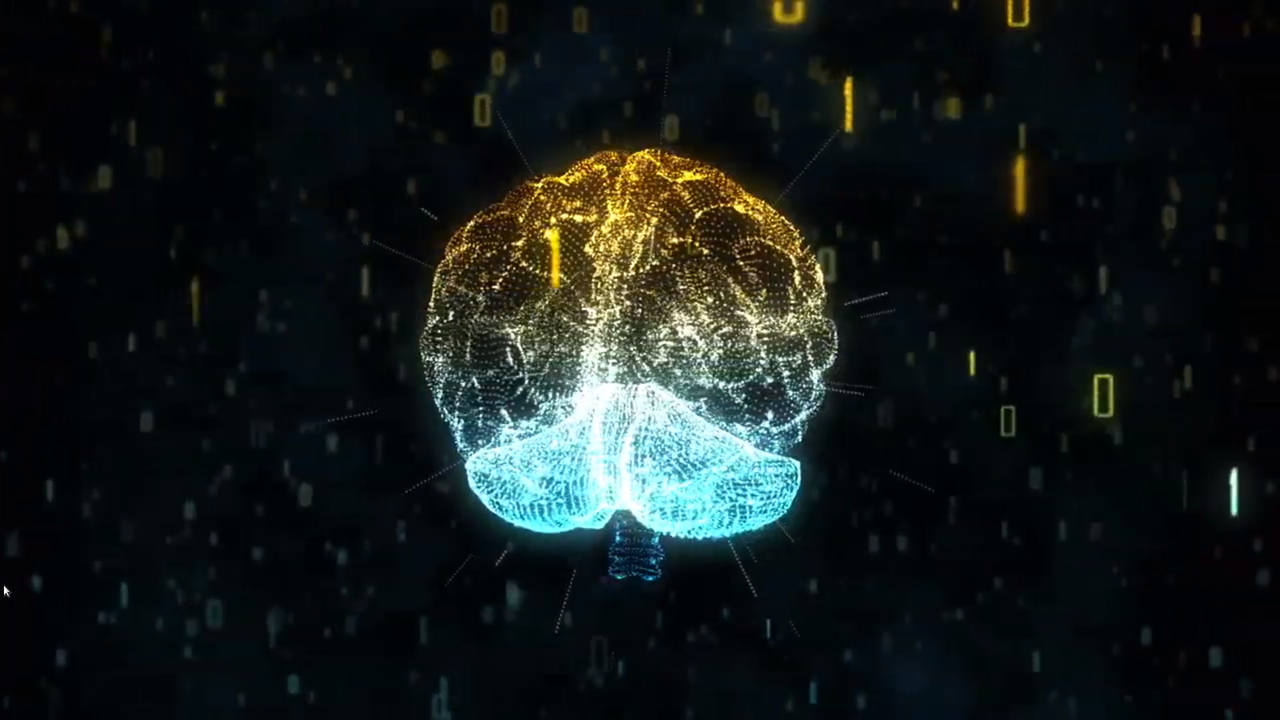Publishing detailsInstructorPublishing detailsLanguage versionsDiscussions for instructors
Tab content
Amir Dirin 20th Oct 2019, Helsinki Finland<br> amir.dirin@haaga-helia.fi
Uranet Digital Education Media Services License Made in Internet v1.2
English, Chinese (machine translated)
Course Summary
 Artificial Intelligence (AI) is a research field that studies how to realize the intelligent human behaviors on a computer. The ultimate goal of AI is to make a computer that can learn, plan, and solve problem autonomously. AI has coexisted with the computer science already more than a century. The main research field in AI includes reasoning, problem solving, planning, natural language understanding, computer vision, automatic programming, machine learning and so on. The purpose of this course is to help students to maximize the usefulness, productivity and safety of AI based application concept design and development. The main theme of the course is Artificial Intelligent in Robotics.
Artificial Intelligence (AI) is a research field that studies how to realize the intelligent human behaviors on a computer. The ultimate goal of AI is to make a computer that can learn, plan, and solve problem autonomously. AI has coexisted with the computer science already more than a century. The main research field in AI includes reasoning, problem solving, planning, natural language understanding, computer vision, automatic programming, machine learning and so on. The purpose of this course is to help students to maximize the usefulness, productivity and safety of AI based application concept design and development. The main theme of the course is Artificial Intelligent in Robotics.
Please see Chinese version is machine translated for demo purposes. Ask consultation for native translation.
Learning objectives
Learning Objectives
At the completion of the course, students will be able to
- Describe the purpose and application of the artificial Intelligent in robotics.
- Discuss AI technologies, their foundations, assumptions, advantages, and weaknesses.
- Describe existing AI based tools.
Designing an AI course for teachers / instructors
Unit One (Model 1) : Designing an AI course for teachers / instructors
The introductory course often organized as an elective course for third-semester students. The prerequisite for the course is that student has successfully passed the orientation courses and the basic of programming.
We provide lecture notes through the platform, in addition to the weekly based home assignment.
The evaluation of the theoretical oriented AI course is often based on home assignments and final example. And in a programming-oriented AI course, we extend the project assignments to the course evaluation requirements.
The following outlines need to be defined already before the course start by the instructor.
- Requirements and objectives of the course
- Prerequisite for participants
- Lecture notes and course resources
- Learning performance and evaluation processes
Introduction to AI
Unit Two (Modules 1, 2 and 3) Introduction to AI;
This introductory model help students to develop their knowledge on
- AI development history
- The basic philosophical problems related to AI (the difficulty in defining AI and consciousness, acting vs thinking, Turing test) related research fields.
- Classification of AI technologies
- The state of the art of AI in educational context, case studies and examples
AI based application/ service design and development process, system, and service concept design,
Unit Three (Modules 4, 5 and 6): AI based application/ service design and development process, system, and service concept design
In this model students learn the concept design development processes. In addition, learn the basic prototyping tools and approaches to envision the application concept.
- User-Centered Design process (UCD).
- Realistic and unrealistic AI in science-fiction
- Learn how to do the AI based application concept and prototype design
AI technologies, Algorithms
Unit Four (Modules 7 and 8): AI technologies, Algorithms
Students will learn..
- Basic AI technologies, algorithms, and opportunities
- Machine Learning in robotics
- Natural Language Processing
- Compare and contrast various roles of interpreter
- The future of AI
AI based tools
Unit Five (Modules 9 and 10): AI based tools
Students will learn..
- Matlab
- Python
- Bayesian Lab
- Knime
 Artificial Intelligence (AI) is a research field that studies how to realize the intelligent human behaviors on a computer. The ultimate goal of AI is to make a computer that can learn, plan, and solve problem autonomously. AI has coexisted with the computer science already more than a century. The main research field in AI includes reasoning, problem solving, planning, natural language understanding, computer vision, automatic programming, machine learning and so on. The purpose of this course is to help students to maximize the usefulness, productivity and safety of AI based application concept design and development. The main theme of the course is Artificial Intelligent in Robotics.
Artificial Intelligence (AI) is a research field that studies how to realize the intelligent human behaviors on a computer. The ultimate goal of AI is to make a computer that can learn, plan, and solve problem autonomously. AI has coexisted with the computer science already more than a century. The main research field in AI includes reasoning, problem solving, planning, natural language understanding, computer vision, automatic programming, machine learning and so on. The purpose of this course is to help students to maximize the usefulness, productivity and safety of AI based application concept design and development. The main theme of the course is Artificial Intelligent in Robotics.